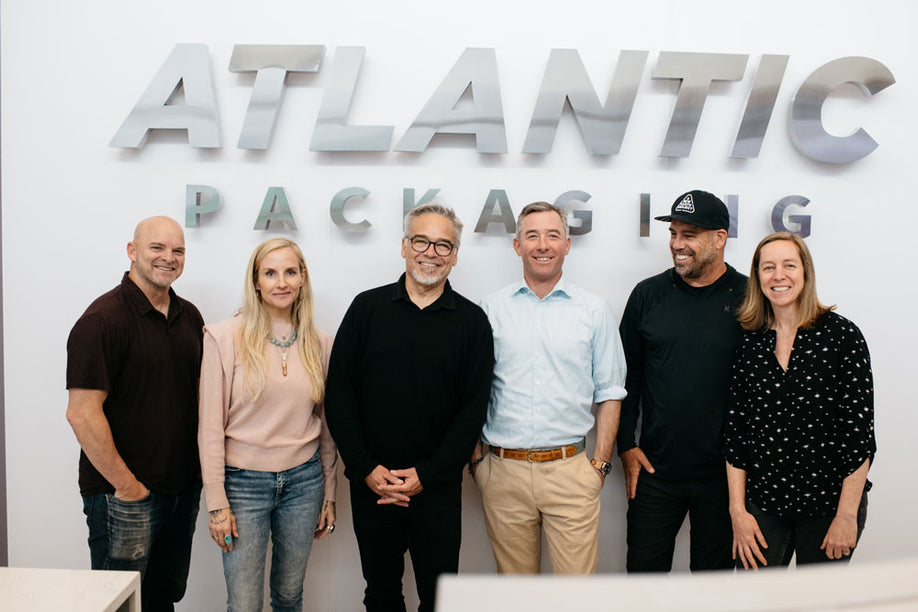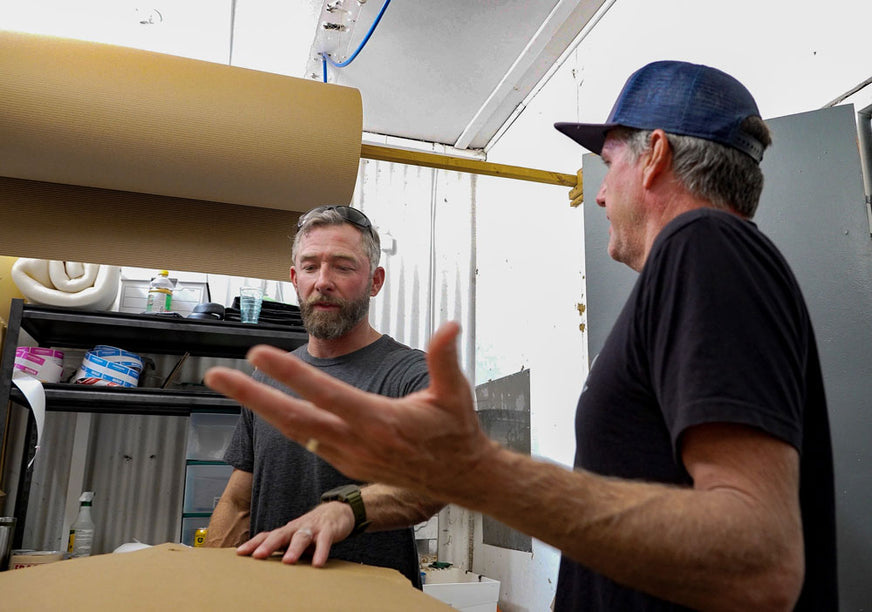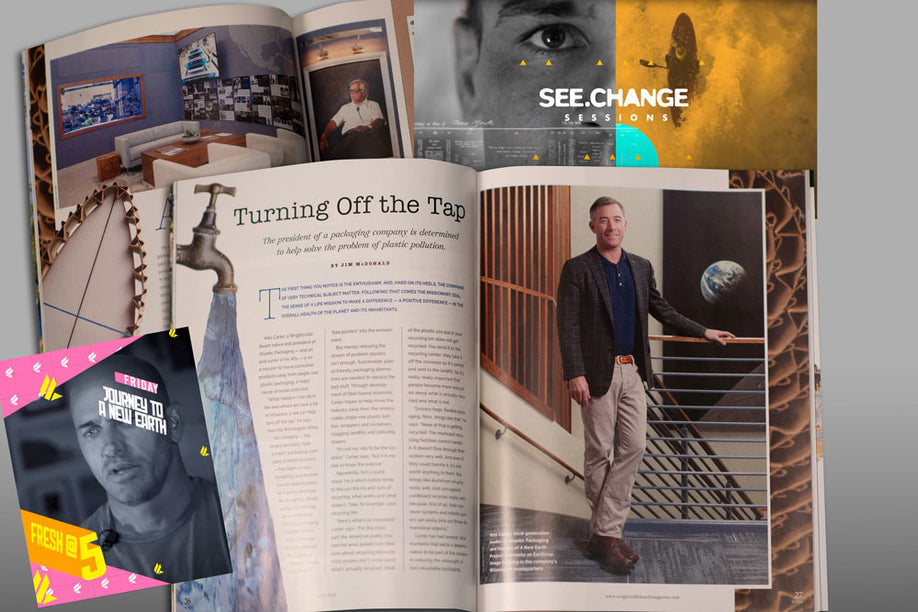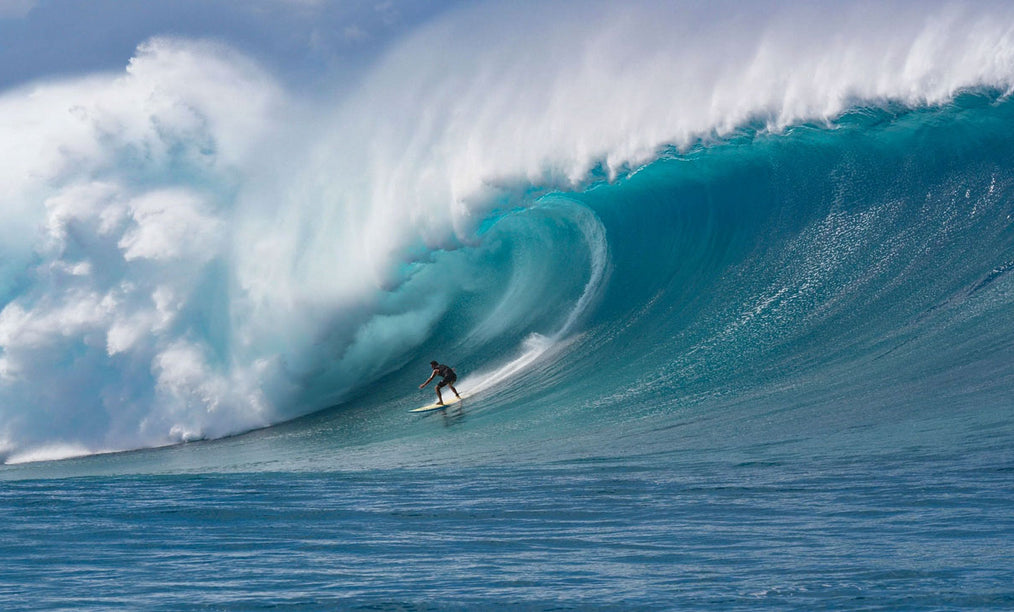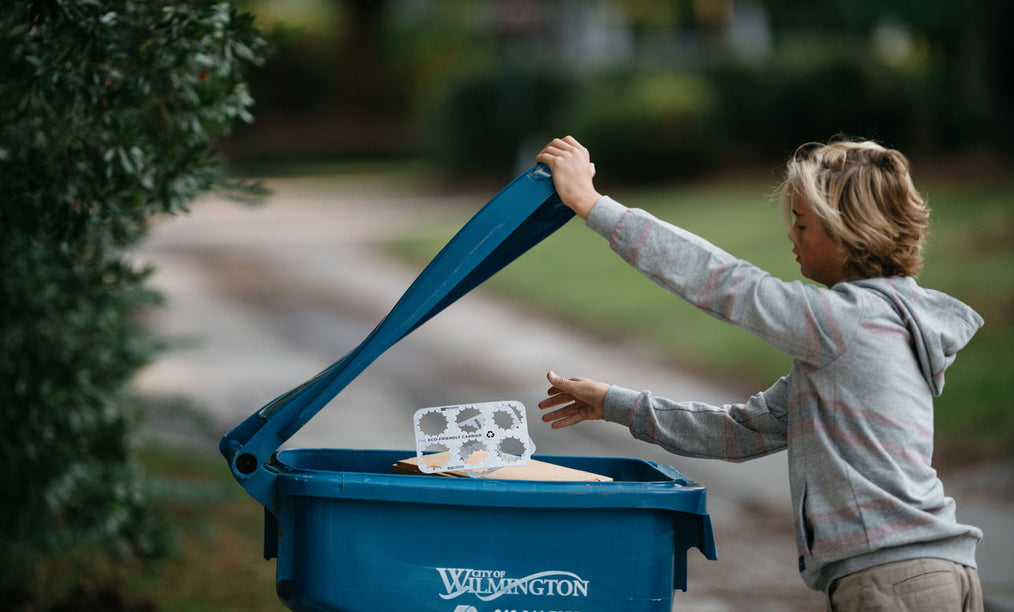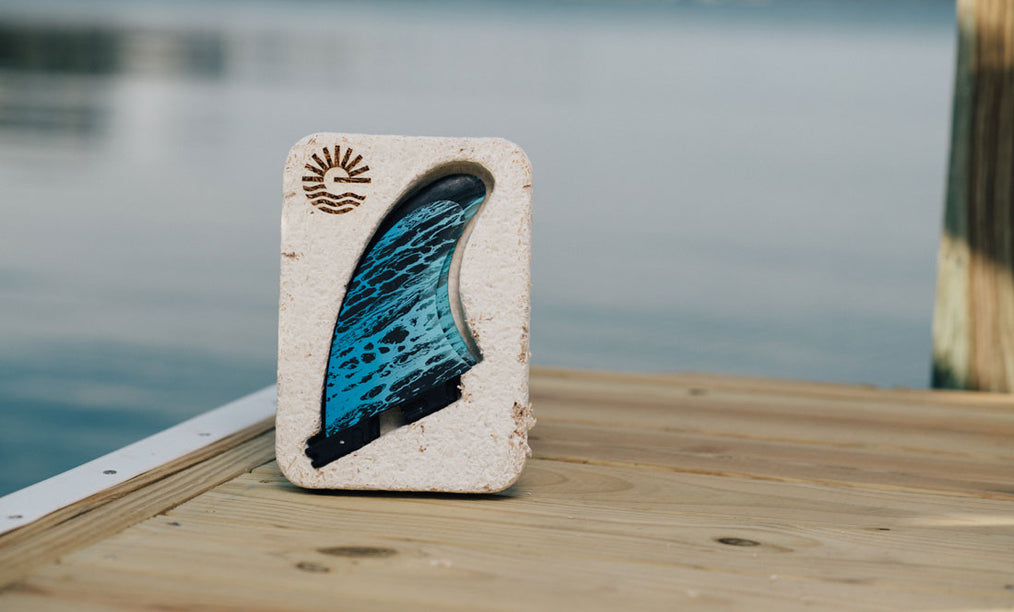If you're a regular reader of this blog you're already familiar with the magnitude of the plastic pollution problem.
You know the primary sources of plastic pollution are fossil fuel and petrochemical companies looking to expand their portfolio of products.
You know the primary victims are our oceans, lakes and waterways, as well as underserved populations in developing nations who get stuck with the waste because of a well-known lack of basic waste management systems.
Continue reading below or listen to this story

And you know the necessary solutions include reducing plastic waste at the source, keep materials in motion through recycling and composting, and creating efficient, effective, common sense waste management systems worldwide, i.e. closed loop systems.
A critically important part of keeping materials in motion is designing products and packaging with recycling and composting in mind. This is an area where a lot of innovation is underway. But with several intriguing ideas in the pipeline, vetting their sales pitch promise against real world application is a huge piece of the puzzle.
To that end, one area that's getting a lot of attention is bioplastics.
On the surface bioplastics sound promising. The big idea is they are made from plant or other biological material instead of petroleum. Typically, that's done by extracting sugar from corn or sugarcane to convert into polylactic acids (PLAs) or it can be made from polyhydroxyalkanoates (PHAs) engineered from microorganisms. PLA plastic is most common in food packaging, while PHA is more common in plastics used for medical and consumer product uses.

Naturally, the same companies who manufacture ethanol for gasoline mixtures are the ones who supply the ingredients for PLAs, the most common bioplastic. Like big oil, big corn is a powerful lobby group, and their pitch for bioplastics mirrors their pitch for ethanol in fuels.
"We don't want to replace one problem for another one"
Given Atlantic Packaging is the largest privately held packaging firm in North America, Wes and his team see a lot of pitches linked to the bioplastic push. While they’re optimistic about the possibilities, their highest priority is finding the areas where it makes the most ecological sense.
Proponents of bioplastics claim they're a sustainable alternative to traditional petroleum-based plastics, because there's less carbon in the final product. And that part is true. But in a thorough life cycle analysis, the argument begins to falter. Here's why.
- Bioplastics production requires large amounts of land to grow the crops, cutting even further into land used for food production and worsening the deforestation and biodiversity loss, not to mention the added pollution from fertilizers.
- Growing your feedstock sounds nice, but it actually requires more energy than what’s required to make traditional plastics, which most often leads to added CO2 emissions, primarily from diesel powered farming equipment and transportation.
- The additional steps involved in converting the crops into plastic, such as fermentation and purification, are also energy-intensive.
- A majority of bioplastic-based products still require a blend of traditional fossil-fuel based polymers, some as much as 80%, yet these products are still labeled as "bioplastic" or "organic" due to our lax labeling laws.
- The lax labeling laws associated with bioplastics deemed compostable or recyclable lead to a greater misunderstanding by consumers during end of use. Tossing compound materials into the recycling bins leads to more contaminated waste streams, which is counterproductive to circularity.
- When bioplastics are composted, because they almost always contain other polymers, they can release harmful chemicals and microplastics that are harmful to the environment.
"If we can home compost direct food contact films that are already contaminated with food waste, we will have created an important innovation in packaging. This is where we believe the research and development needs to focus"
It's no secret that recycling rates remain stubbornly low across the US, but composting also has its challenges. Today, less than 30% of Americans have access to composting programs that accept food waste or packaging. If plant-based products end up in landfills, the extra work and energy that went into creating them ends up being counterproductive.
As Carter and his team see it, home compostable food packaging is where the real opportunity lies for bioplastics.

"If we can home compost direct food contact films that are already contaminated with food waste, we will have created an important innovation in packaging. This is where we believe the research and development needs to focus. But what's problematic is creating bio-based products for non-food, protective packaging applications, because we already know recyclable fiber solutions are much more circular. The infrastructure to deal with these products is already in place, and they break down quickly in a natural environment if leakage does occur."
While there's undoubtedly a big future for bio-based plastics, understanding where they belong and where they don't is necessary if we're truly interested in solving our ecological problems.
Billions of dollars in public, private, and government capital are chasing opportunities in "sustainability" today. While that sounds promising, the reality is that also means massive greenwashing efforts are being well funded and backed by powerful lobbies who know how to work the system.
Whether you're a consumer or a brand trying to do the right thing, it's crucial to dig deep beneath the onslaught of hype that's headed your way, and do your own in-depth due diligence.

